Harri Eskelinen, Pekka Eskelinen9781580533683, 158053368X
Table of contents :
Microwave Component Mechanics……Page 5
Copyright……Page 6
Contents……Page 7
Acknowledgments……Page 17
Introduction……Page 19
Part 1: Design for Manufacturability and Assembly
of Mechanical Microwave Components……Page 23
1 Special Requirements for Microwave Mechanics……Page 25
1.1.1 Maxwell¡¯s Equations……Page 26
1.1.2 General Wave Propagation……Page 27
1.2 Dimensional Uncertainties……Page 30
1.3 Material Problems……Page 37
1.3.1 A Good Conductor……Page 39
1.3.2 Electromagnetic Radiation……Page 41
1.3.3 Electromagnetic Waves Initiated by Cavities……Page 44
1.4 Connection Philosophies……Page 48
References……Page 49
2.1 Principles of Systematic Design……Page 51
2.1.1 Some Assisting Tools……Page 53
2.1.2 List of Requirements……Page 55
2.2 Advanced Methodology for Designing Microwave Mechanics……Page 56
2.2.1 Basic Elements of the Advanced Methodology……Page 57
2.2.2 Flowchart Presentation of the Tuned Methodology……Page 61
References……Page 64
3.1 Basic Guidelines for Microwave Designers……Page 67
3.2.1 Electromagnetic Losses……Page 69
3.2.2 Definition of the Penetration Depth……Page 70
3.3 Effects of the Operating Environment……Page 73
3.4 Metallic Components……Page 76
3.4.2 Superconductor Oxygen- Free Copper……Page 77
3.4.3 Beryllium Copper Alloy……Page 78
3.4.4 Phosphorus Bronze……Page 79
3.4.6 Stainless Steels……Page 80
3.4.7 Aluminum Alloys……Page 82
3.4.8 Invar……Page 84
3.5.2 PE……Page 86
3.5.4 PEEK……Page 87
3.6 Utilization of Ceramic Materials and Powder Metallurgy……Page 88
3.6.1 Powder- Metallurgically Manufactured Materials for Microwave Mechanics……Page 91
3.6.2 Application Areas of Ceramic Materials in Microwave Mechanics……Page 95
3.6.3 Low Temperature Cofired Ceramics……Page 97
References……Page 99
4 Computer-Aided Environment for Design Work……Page 101
4.1 Integration of Basic CAD Tools……Page 102
4.1.1 Interaction Between Virtual Engineering and Hypermedia Applications in Controlling Heat Input During Welding of Microwave Components……Page 108
4.1.2 Integration of Computer- Assisted Engineering and Microwave Mechanics Simulation in Welded Stripline Filter Design……Page 116
4.2 Typical Simulation Software Solutions for Microwaves……Page 118
4.3.1 Problems in CAD Applications Made for General Mechanical Engineering……Page 124
4.3.2 Problems in CAD Applications Developed for Microwave Design……Page 125
References……Page 130
5 Instructions for Technical Documentation
and Dimensioning……Page 133
5.1 The Relationship Between RF Parameters and Mechanical Parameters……Page 134
5.2 Differences Between DFMA- and Performance- Oriented Approaches……Page 136
5.3 On the Suitability of General Manufacturing Tolerances for MW Mechanics……Page 138
References……Page 140
6.1.1 Design Costs……Page 141
6.1.4 Costs Related to the Expected Lifetime of the Product……Page 142
6.2 Relationship Between Manufacturing Costs and Surface Finish……Page 143
6.4 Design for Manufacturability……Page 144
6.4.2 The Barrier Between Designing and Manufacturing……Page 145
6.4.3 Putting DFM in Practice……Page 147
6.4.4 Additional Tools for DFM……Page 149
6.4.5 More Effective Use of DFM……Page 150
6.5 A Cross- Technological Approach……Page 151
6.6 Concurrent Engineering Design……Page 153
6.6.1 The Design Process for CE……Page 154
6.6.2 Manufacturability for CE Design……Page 155
6.7 Manufacturing Costs of Prototypes……Page 156
6.9 Cost Evaluation by Utilizing Parametric Component Design……Page 157
6.10 Cost Accumulation in Laser Processed Components……Page 158
6.12 A Multilevel Optimizing Approach for Cost- Effective Production……Page 163
Part 2: Manufacturing Technologies for Some
Passive Microwave Components……Page 173
7.1 Welding Processes for the Topic Area……Page 175
7.2 Laser Welding in General……Page 176
7.2.1 Parameters of Laser Welding……Page 178
7.3 Laser- Welded Stripline Filter……Page 179
7.4 Utilizing Ultrasonic Welding in Filter Constructions……Page 186
7.5 Welded Joint Geometries of Microwave Cavity Resonators and Waveguides……Page 192
7.5.1 Practical Welding Instructions for Cavity Resonators and Waveguides……Page 196
7.6 Welded Radiating Elements of Patch Antennas……Page 199
7.7 A Comparison of Welding Processes for Encapsulating Electronics……Page 214
7.7.1 Advantages of Laser Welded Sealing……Page 215
7.7.2 Projection Welding Application……Page 219
References……Page 222
8.1 Assembly Rules for Screw Joints to Obtain Reliability and Required Microwave Performance……Page 225
8.2.1 Acrylic- Based Adhesives……Page 227
8.2.4 Adhesives with Good Electrical Conductivity……Page 228
8.2.5 Adhesives for High- Strength Applications……Page 230
8.3 Applications of Fits……Page 231
References……Page 232
9.1 General Rules for Machining Technologies……Page 233
9.2 Milled Low Loss Filters……Page 237
9.3 Ring Hybrids and Other Milled Power Dividers……Page 240
9.4 General Enclosures for Encapsulating Electronics……Page 246
9.5 Connector Mounting Considerations……Page 251
9.6 Rotary Joints……Page 253
9.6.1 Basic Waveguide Rotary Joints……Page 255
9.6.2 Swivel Joints……Page 256
9.6.5 Multichannel Rotary Joints……Page 257
9.7 Case Examples of Precision Machined Microwave Components……Page 259
9.7.1 High- Q SiO Whispering Gallery Mode Resonator……Page 260
9.7.2 Center Conductor for a Tubular Coaxial Filter……Page 261
References……Page 262
10.1 Sheet Metal Cutting In General……Page 265
10.2.1 A Water Jet Cut Ring Hybrid……Page 268
10.3 Laser Processed Feeding Strips……Page 271
10.3.1 Laser Cutting Process in General……Page 272
10.3.2 A Laser Cut Sharp- Edged Center Conductor……Page 273
10.3.3 Laser Cut Striplines for Low- Loss Interdigital Filters……Page 275
10.4 Tuning Coaxial Transitions……Page 278
References……Page 281
11.1 Extrusion Processes for Metallic Profiles……Page 283
11.2 Selected Processes for Shaping Plastics……Page 286
11.2.1 Injection Molding……Page 287
11.3 Drawing Processes for Wires……Page 288
11.4 Forming Processes for Sheet Metals……Page 289
11.5 Electroforming Process for Corrugated Waveguides……Page 290
References……Page 291
12.1 Basics of Coating Technology……Page 293
12.3 Coating Materials for Microwave Mechanics……Page 295
12.4 Case Examples of Coated Microwave Components……Page 300
References……Page 304
Part 3: Examples of Requirements for Mechanical
Accessories in Microwave Assemblies……Page 305
13 A Microwave Measuring System for Wood Quality……Page 307
13.1 Description of the Test Arrangement……Page 308
13.2 Transducer Arrangements……Page 311
13.3 Mechanical Requirements for the Measurement SystemAssembly……Page 313
13.3.1 Serviceability and Easy Access……Page 315
References……Page 316
14 Antenna Constructions……Page 317
14.1 Basis for the Design of Antenna Constructions……Page 318
14.2 Wind and Ice Loads……Page 319
References……Page 322
Part 4: Test Arrangements and Results of
Microwave Components Manufactured with
Alternative Technologies……Page 323
15.1.1 Measuring Dimensional Uncertainties……Page 325
15.1.2 Measuring Geometric Tolerances……Page 326
15.3 Surface Properties……Page 332
15.3.2 Surface Defects Caused During Manufacturing Processes……Page 333
15.3.3 Mechanical Composition of the Surface Texture……Page 334
15.3.4 Measuring Surface Roughness……Page 335
15.3.6 Wear Measurement……Page 337
15.4 Tests for Hermetic Enclosures……Page 339
References……Page 340
16 Selecting Microwave Test Instrumentation……Page 343
16.1 Vector Network Analyzers……Page 344
16.2 Spectrum Analyzers……Page 345
16.3 Signal Generators……Page 346
References……Page 347
17.1 Passive Intermodulation in Welded Components……Page 349
17.2 Testing the Shielding Performance of Microwave Enclosures……Page 351
17.3 Experiments on the Input Impedance of Waveguide to Coax Transitions……Page 352
17.4 Analyzing the Effects of Mechanical Defects on the Performance of Small Phased Array Antennas……Page 354
18 Summary……Page 361
List of Acronyms……Page 365
List of Symbols……Page 371
Requirements for Viewing Appendixes A, B, and C……Page 375
About the Authors……Page 377
Index……Page 379
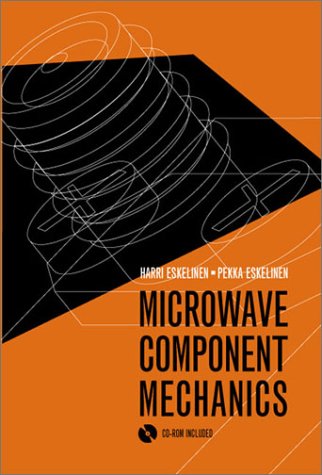
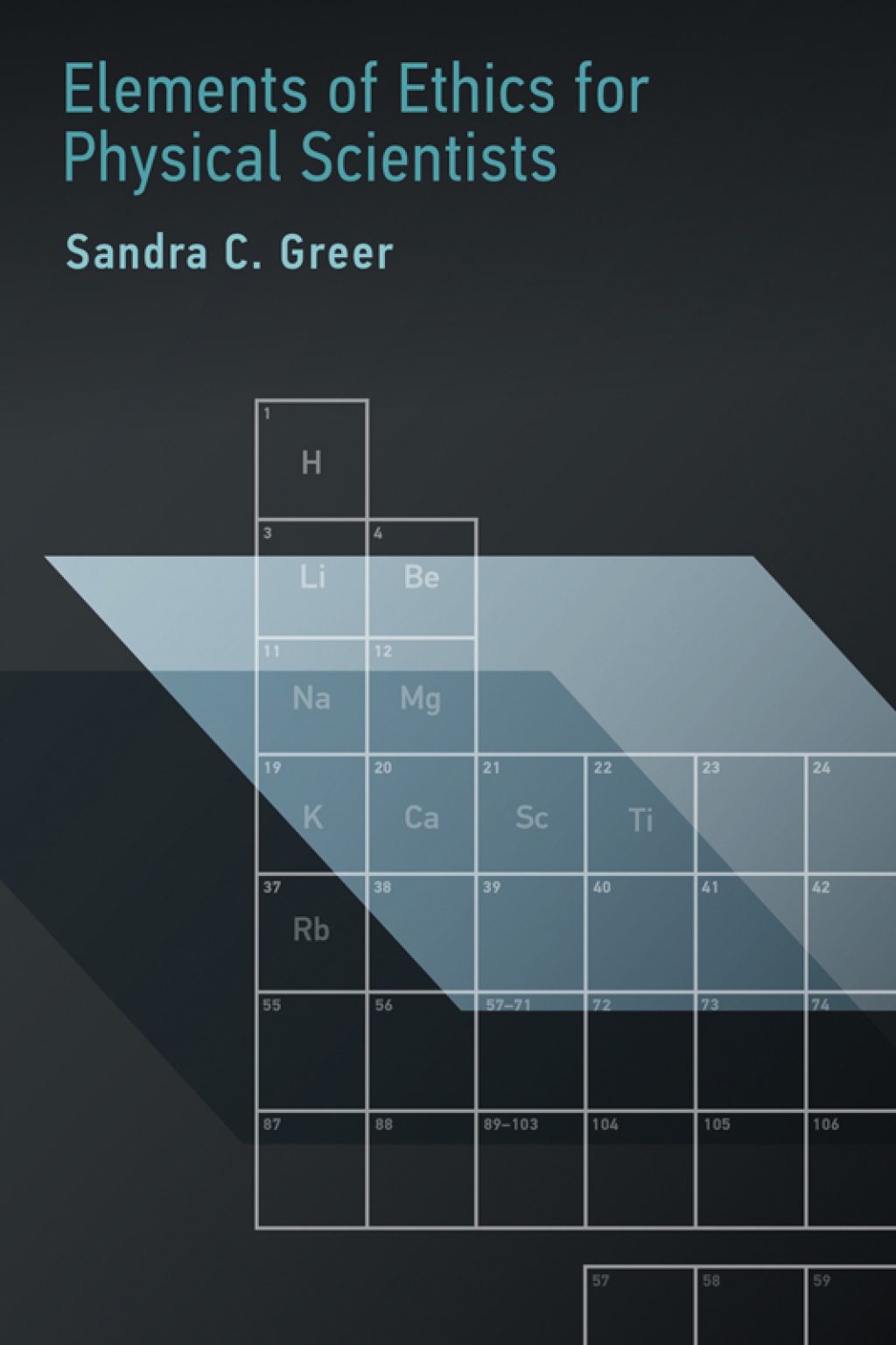
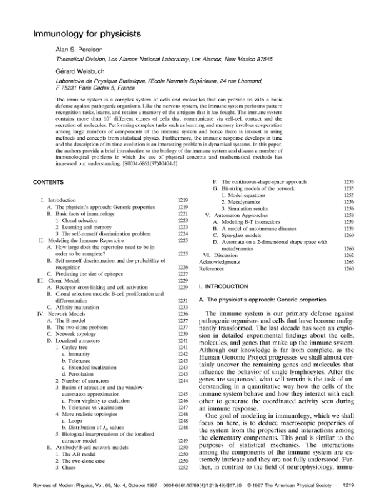
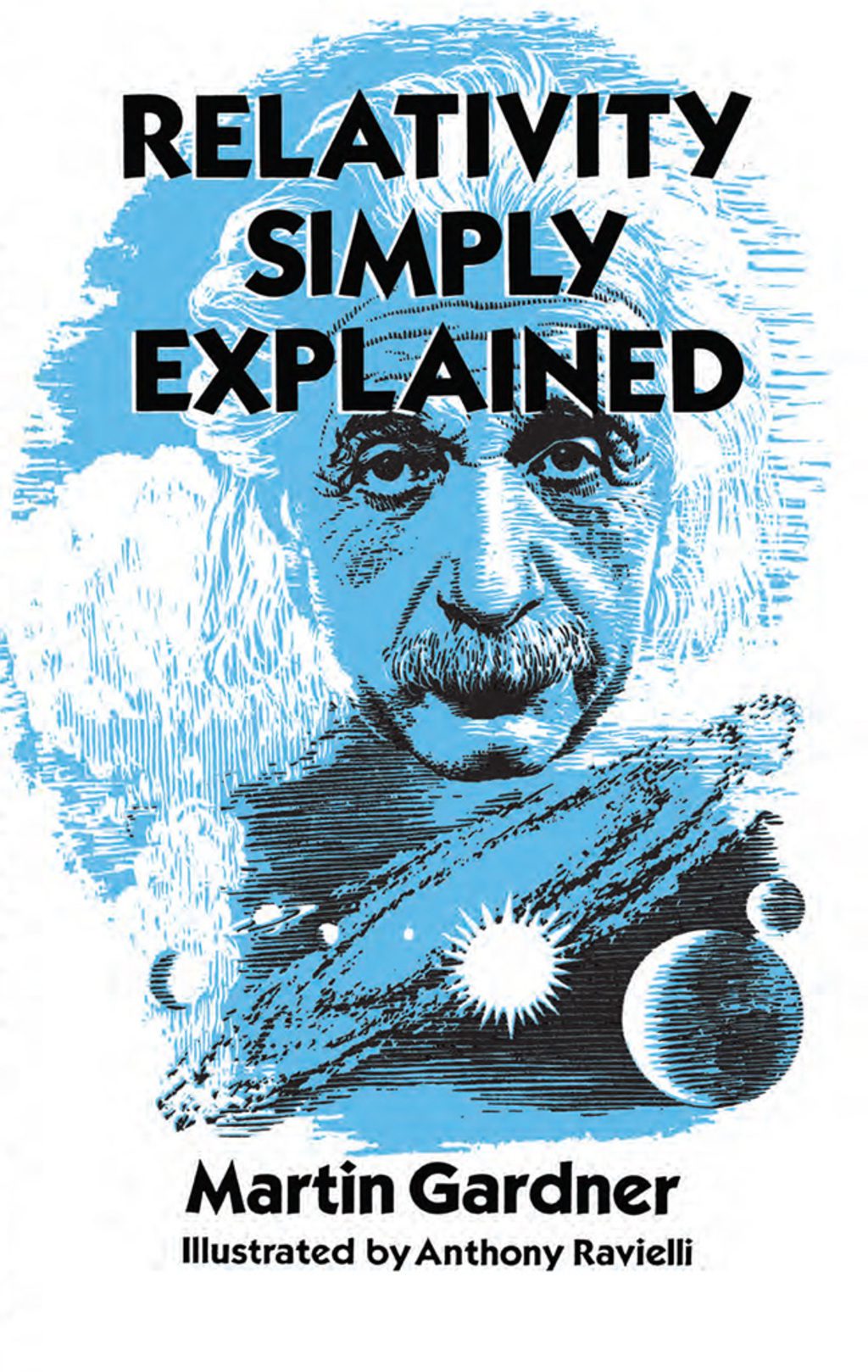

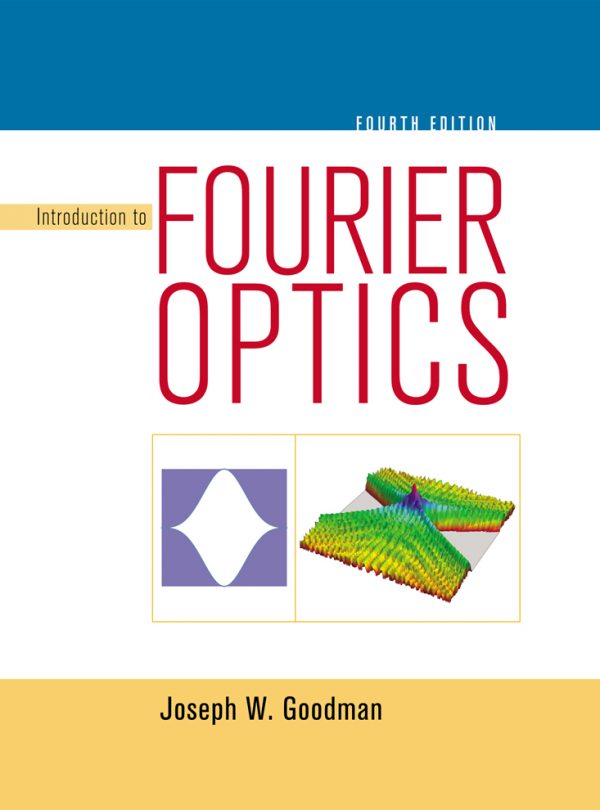
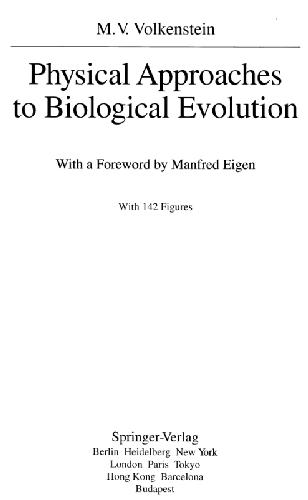
Reviews
There are no reviews yet.